The Step-by-Step Guide to Building a Custom Home with a Trusted Local Builder
By Charles Pistro | July 31, 2025
Highlights:
- The key steps to building a custom home from design to move-in
- Common challenges and how to avoid them
- Tips for working with experienced home builders with good reviews
- Fun facts and answers to common FAQs
- Expert insights and helpful external resources
Designing and building your own home is an exciting opportunity to create a space tailored entirely to your lifestyle, preferences, and long-term goals. Unlike buying a pre-built house, the custom homebuilding process gives you full control—from the floor plan and layout to the finishes and smart home features. But turning that vision into reality requires careful planning, expert guidance, and a builder you can trust. That’s where experienced home builders with good reviews come in. These professionals don’t just construct homes—they collaborate with you at every stage to deliver a one-of-a-kind living space that reflects your personality and supports your future.
This guide walks you through each step of the custom homebuilding journey, highlighting how experienced local builders simplify decisions, prevent costly mistakes, and bring your dream home to life on time and on budget.
Step 1: Find the Right Custom Builder for Your Vision
Every successful custom home starts with a builder who understands your lifestyle and preferences. Look for experienced home builders with good reviews who are transparent about pricing, timelines, and communication.
Tips for Selecting a Trusted Local Builder:
- Check reviews across platforms like Houzz or HomeAdvisor
- Review past portfolios and visit recent builds
- Ask about their design-build process
- Verify licensing and insurance
What’s the difference between a production home and a custom home?
A production home has preset designs and features, while a custom home offers complete personalization from floor plan to finishes.
How long does the custom home building process usually take?
Most projects take eight to 18 months, depending on scope, weather, permitting, and complexity.
Can I choose my own architect, or does the builder provide one?
Many experienced home builders with good reviews have in-house architects, but most are happy to collaborate with yours.
Step 2: Secure Financing and Choose a Lot
Before the first blueprint is drawn, you’ll need financing and land. Builders may help you identify suitable lots based on soil, zoning, utilities, and sunlight exposure.
Key Tasks at This Stage:
- Get pre-approved for a construction loan
- Determine your budget ceiling (including buffer for upgrades)
- Assess the lot location, elevation, and environmental factors
According to the National Association of Home Builders (NAHB), lot selection and site prep can account for up to 25% of your total project cost — a critical consideration for your budget planning.
Step 3: Collaborate on Custom Home Design
This is where dreams meet design. You’ll work with your builder or architect to sketch a home that reflects your lifestyle, future goals, and family needs.
Top Features Homeowners Request:
- Open-concept kitchens
- Main-floor primary suites
- Energy-efficient windows and insulation
- Smart home systems
Builders like Pistro Builders LLC, a trusted name in Bay City, MI, help families translate lifestyle goals into tailored floor plans and timeless design.
Step 4: Finalize Contracts, Permits, and Pre-Construction Details
Once your design is approved, your builder will provide a detailed contract that outlines materials, allowances, phases, and deadlines.
You’ll Also Handle:
- Building permits and code compliance
- HOA approval (if applicable)
- Selections for appliances, cabinets, countertops, and lighting
Working with experienced home builders with good reviews increases your chances of a smooth construction process from start to finish. Not only do experienced builders help navigate permitting and zoning efficiently, but they also prioritize quality assurance throughout every stage. According to
U.S. News & World Report, new home inspections can save you costly headaches and hassle later on, and most builders will fix issues on the inspection report—another reason to partner with professionals who stand behind their work.
Did You Know?
A typical custom home contains over 3,000 parts. That includes studs, pipes, wires, tiles, bricks, and fixtures—each requiring proper installation and sequencing.
And here’s another surprising stat:
The average homeowner makes 70–100 design decisions throughout a custom build, from window trims to paint sheen!
Step 5: Site Preparation and Foundation Work
The building process begins with clearing the lot, leveling the ground, and pouring the foundation. Your builder will keep you updated with milestones like:
- Soil testing
- Excavation
- Slab or basement foundation pouring
- Framing layout setup
This step sets the tone for everything else. A mistake here can affect the entire structure, which is why experienced home builders with good reviews prioritize inspections and soil reports before breaking ground.
Step 6: Framing, Roofing, and Rough-In Work
As framing goes up, your home begins to take shape. Expect regular walkthroughs during this phase.
Construction Milestones:
- Framing (walls, roof trusses, window openings)
- Roof installation
- Electrical and plumbing “rough-in”
- HVAC ductwork
According to the U.S. Department of Energy, placing insulation at this stage contributes to long-term energy savings and interior comfort.
Step 7: Insulation, Drywall, and Interior Finishes
Once framing is complete and inspections pass, the builder installs insulation, drywall, and interior details.
This Includes:
- Drywall taping and sanding
- Painting
- Trim carpentry
- Flooring and cabinetry installation
At this stage, your home transforms from a construction site to a nearly finished living space—an exciting milestone for first-time builders.
Can I visit the construction site during the build?
Yes, but schedule visits with your builder to stay safe and informed.
When should I choose finishes like countertops and tile?
You’ll usually finalize selections during the pre-construction phase, but some adjustments can happen during drywall or trim stages.
How often will I get updates?
The best experienced home builders with good reviews provide weekly updates, including photos, schedules, and what’s coming next.
Step 8: Final Inspections and Walkthroughs
When construction is complete, your builder will coordinate a series of final inspections. These may include:
- Municipal code inspections
- HVAC testing
- Electrical and plumbing checks
- Interior punch list review
This is your chance to flag any final issues (like paint touch-ups or drawer alignment) before closing.
Step 9: Closing and Move-In Day
Once everything passes inspection, you’ll receive a Certificate of Occupancy. Your builder will hand off keys, manuals, and warranties.
Expect These Deliverables:
- Final cost reconciliation
- Builder’s warranty documents
- Appliance and system instructions
- Walkthrough for smart features and maintenance needs
Working with a builder who offers transparent warranties protects your investment long-term.
Step 10: Enjoy Your Home and Stay in Touch
Even after move-in, your builder remains a resource. Most experienced home builders with good reviews include a warranty period (usually 1–2 years) for structural and system repairs.
Pro Tip:
Schedule your 1-year builder walkthrough to fix minor issues like nail pops or HVAC calibration.
Build with Confidence
Building a custom home is one of life’s biggest investments—but with the right partner, it’s also one of the most rewarding. From lot selection to interior finishes, experienced home builders with good reviews can make the process clear, collaborative, and enjoyable.
If you're ready to build your dream home in Bay City, MI, consider Pistro Builders LLC, a trusted name in custom home construction. With years of experience and a reputation for quality, they’ll guide you every step of the way.
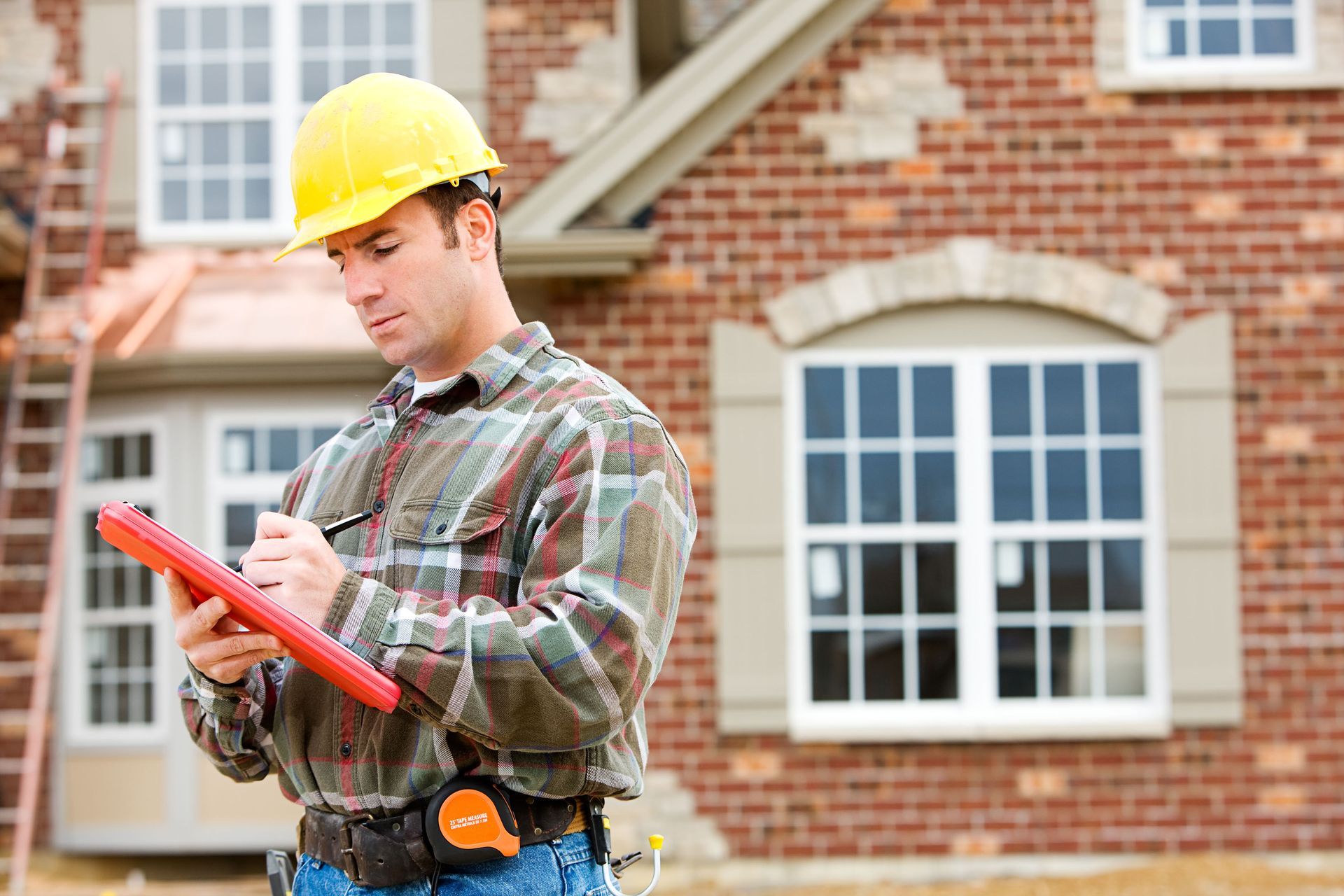


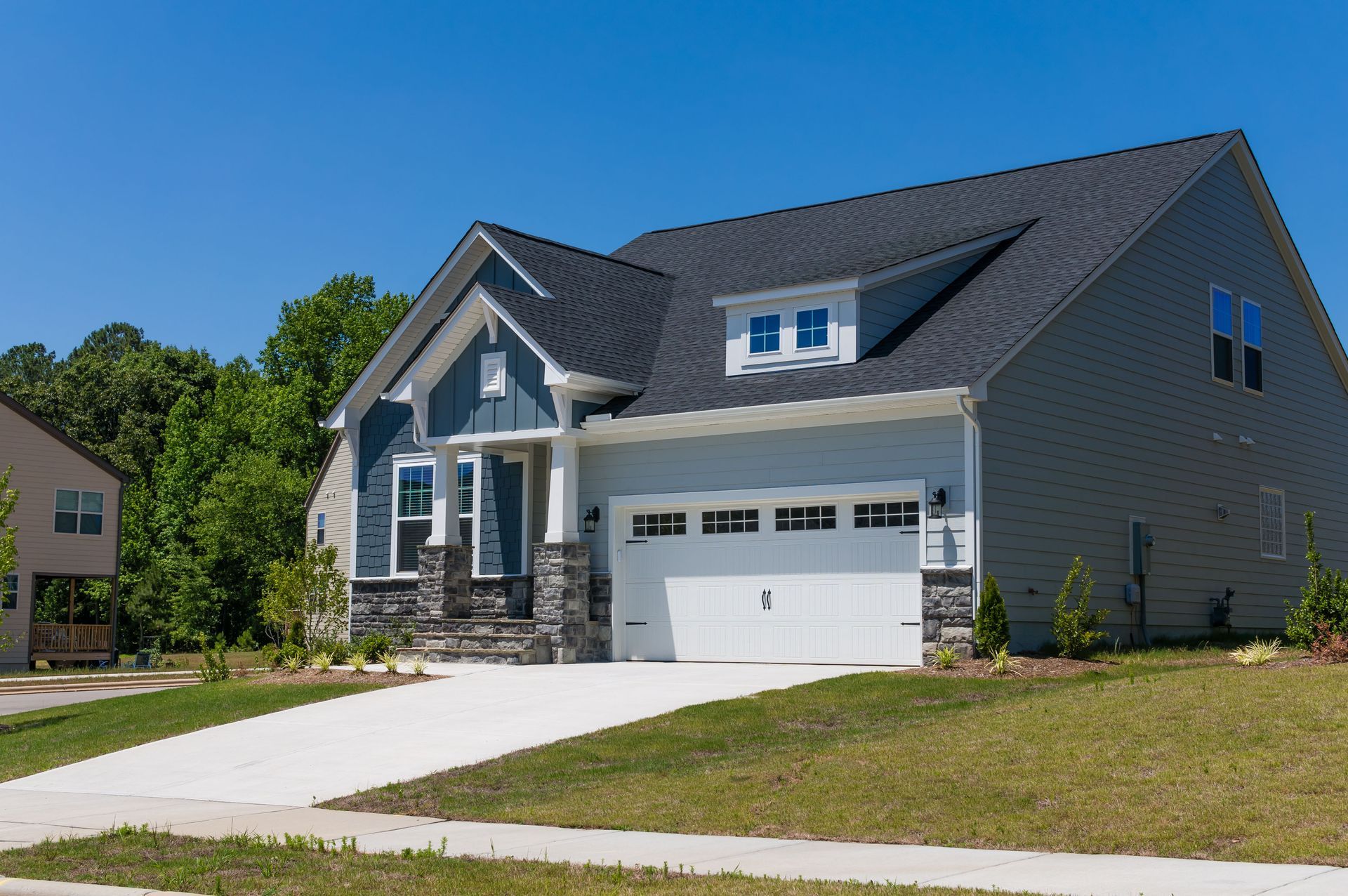
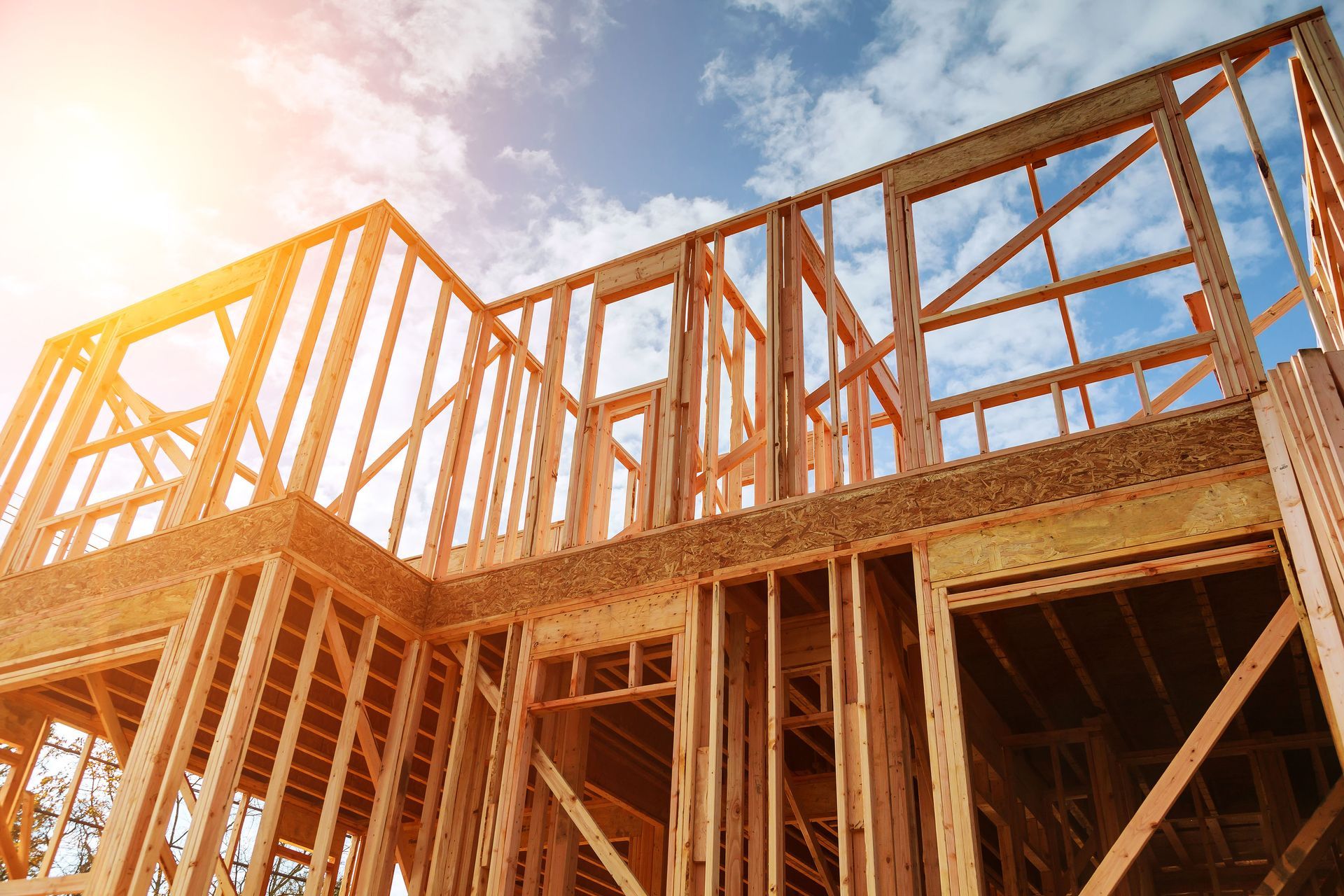
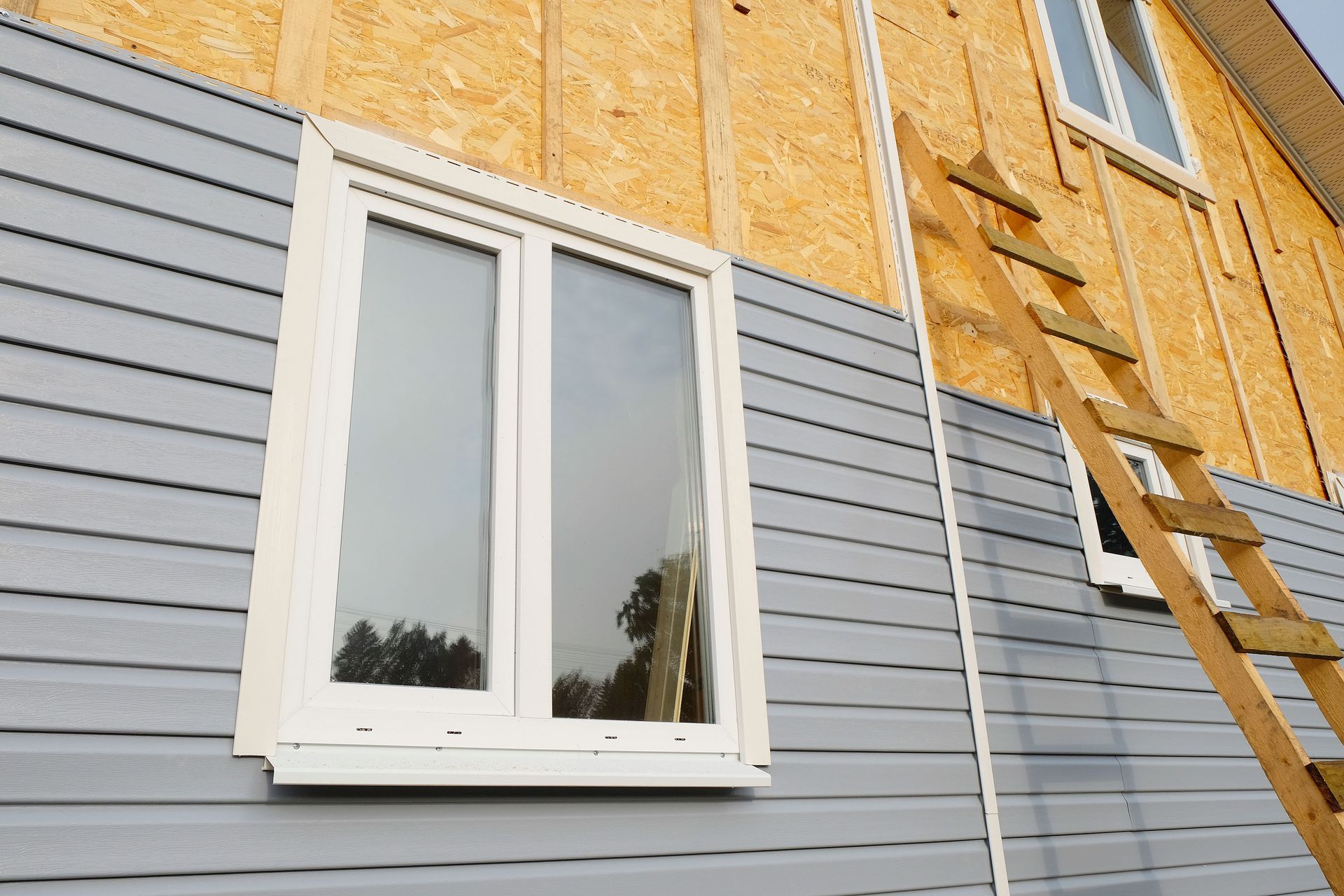

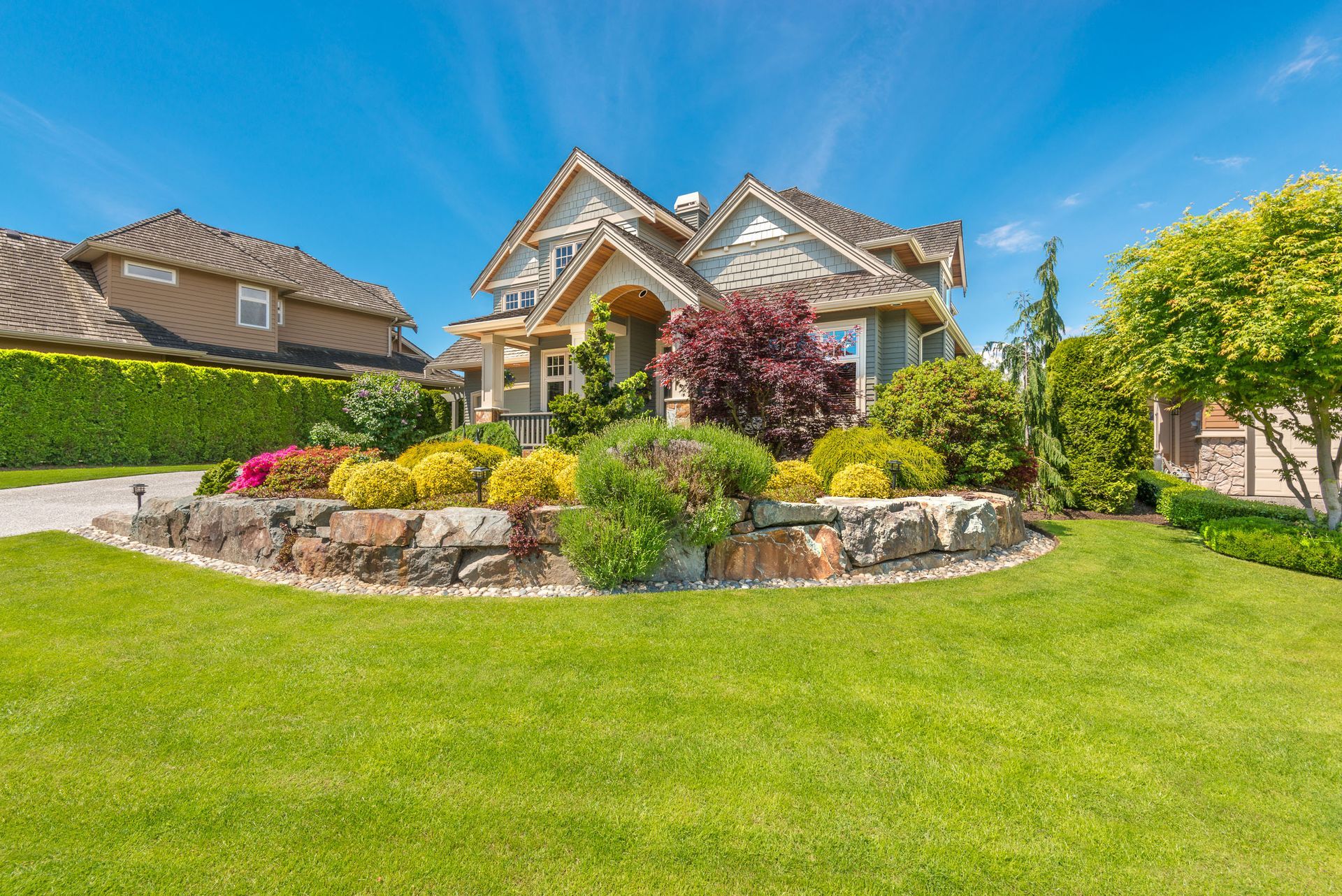
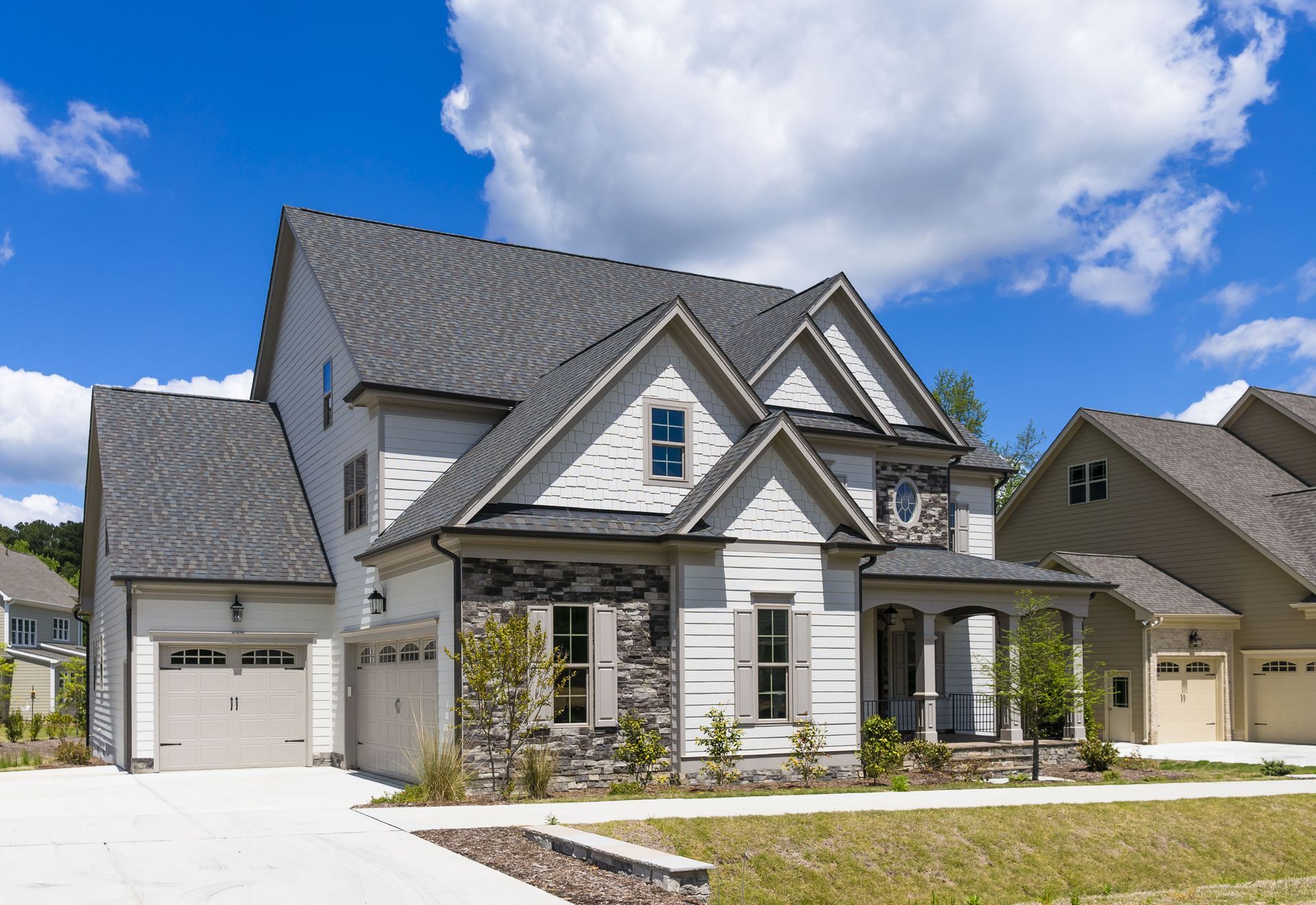
Share On: